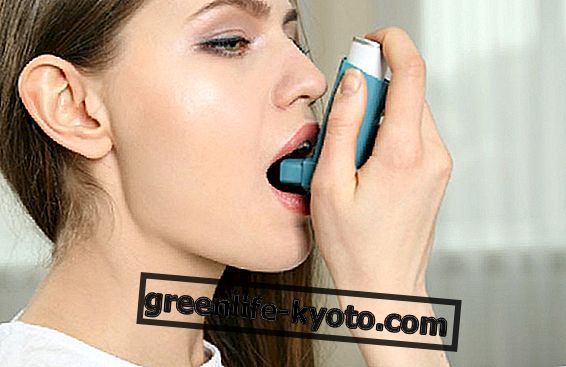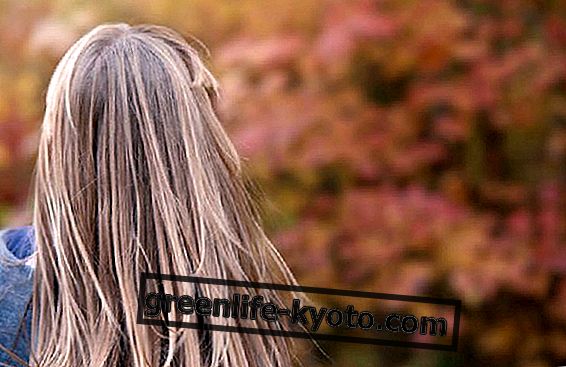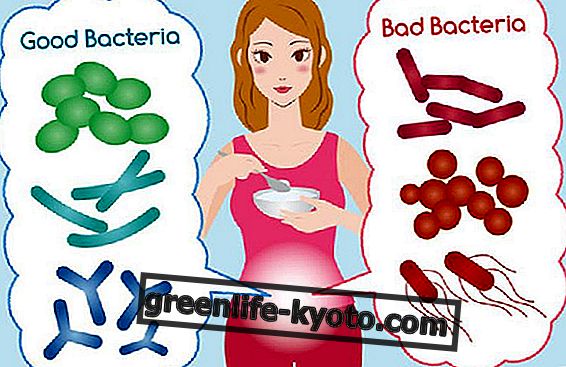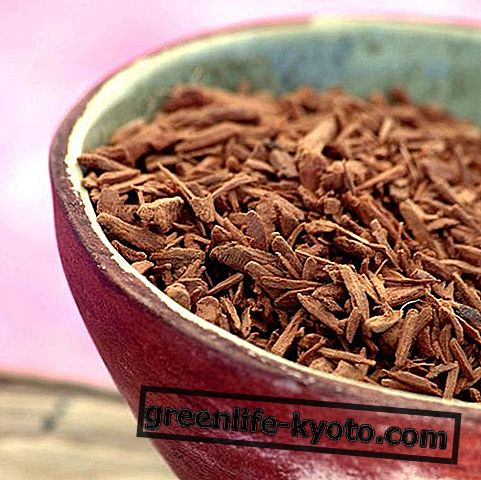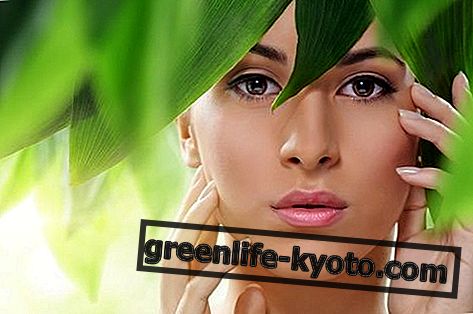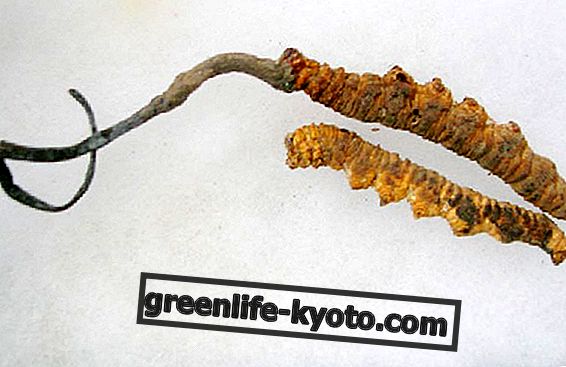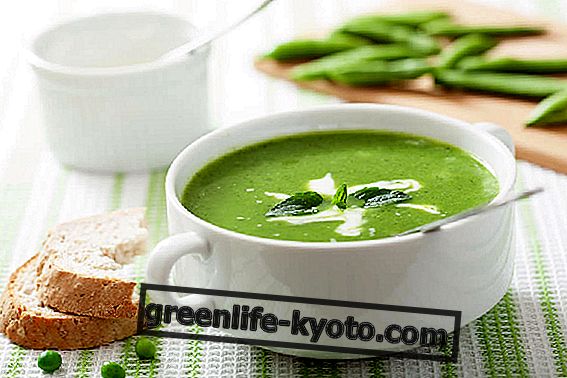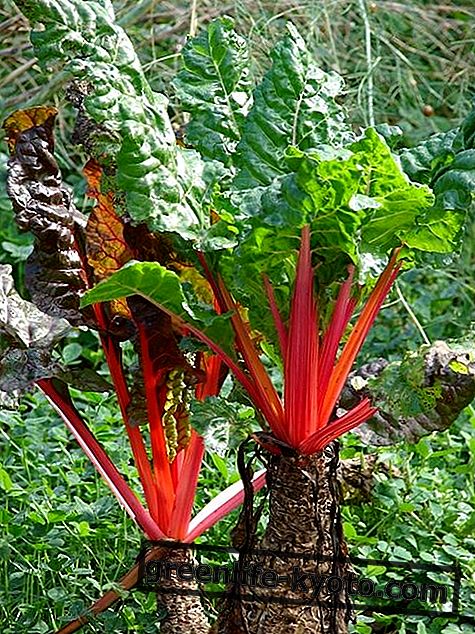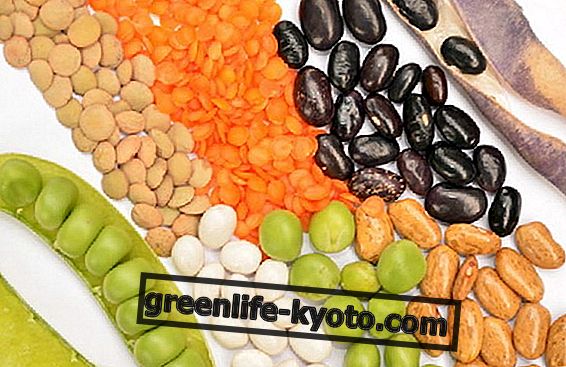
Tocopherol, what a difficult word: if we say Vitamin E, we understand better? It is the same molecule.
For Zinc it is easier, it is a mineral, which does not change its name. Together, tocopherol and zinc, they bring benefits to the body, strengthening its fundamental metabolic functions .
So far, everything is very difficult. Let's try to simplify and get down to reality: properties, benefits, what are they and what foods do they contain?
Vitamin E: what it is used for
Vitamin E is actually a group of molecules, soluble in fats, called tocopherols . The most important of the group is Alpha Tocopherol ; hence the use of the term Tocopherol as a synonym of Vitamin E.
Tocopherols are essential molecules for their antioxidant function . Oxidation is dangerous for our body because it causes dangerous changes to the molecules that make it work, causing the production of free radicals: and so we risk thrombosis, increase the aging process, increase the risk of tumors and DNA damage.
Antioxidants such as tocopherol are a real "buffer" for free radicals, blocking their progress, thus protecting our body from possible oxidation damage.
Vitamin E or Tocopherol also does many other beautiful things: it is fundamental in the production of cellular energy, strengthens the capillary walls and protects and strengthens red blood cells, stimulates urinary secretion, can help visual processes .
Scientific studies show further benefits of Vitamin E (Tococferolo):
- Improvement of hot flashes in menopause
- Relief from pain and edema caused by varicose veins
- Decreased menstrual pain
Melatonin, zinc and selenium: where are they?
Zinc: what is it for?
Zinc is a metal. It is defined as an " essential element " because it is essential to our health, although in small quantities.
About 300 different enzymes intervene in the correct functioning, including those of protein and carbohydrate metabolism, and SOD, or SuperOxido Dismutase . A superhero name for a powerful antioxidant .
From the latest scientific studies these benefits, linked to zinc, emerge on human health:
- Reduction of diarrhea due to malnutrition
- Reduction of the duration of the cold (does not avoid it, but shortens it)
- Improvement of weight and mood in cases of anorexia nervosa
- Improvement of the skin in case of acne
- Improvement in Herpes infection and oral infections
Other research places more emphasis on the link between zinc intake and increased risk of prostate cancer.
Vitamin E and Zinc: Foods that contain them
Foods that contain Vitamin E (Tocopherol)
Foods that contain Vitamin E (Tocopherol) in maximum concentration are cold-pressed vegetable oils, seeds (whole, raw), walnuts, soy, green leafy vegetables, whole grains . The first product from which Vitamin E was extracted was wheat germ oil .
Freshly treated foods are recommended , since vitamin E is very degradable by heat and exposure to air (oxidation) . To preserve the Tocopherol, therefore, no to fried foods, bicarbonate, oxygen, and no copper and iron pots .
Tocopherol absorption is improved by vitamin C, therefore it is advisable to combine foods containing vitamin E with those containing vitamin C (citrus fruits, peppers, rocket, broccoli and families).
Foods that contain Zinc
There are several classes of foods that contain zinc, so it is easy to include the right doses of zinc in your daily diet. For plant foods, we pay attention to those that contain phytates, which reduce the absorption of zinc.
Here are, in descending order, foods that contain greater quantities of zinc:
- Fresh oysters
- Clams
- Wheat germ
- Brazilian nuts
- Meat
- Parmigiano reggiano
- Dried peas
- Hazelnuts
Beware of excesses : doses higher than 200mg per day of zinc are toxic, cause nausea and vomiting and, if excessive intake persists over time, zinc will interfere with the absorption of iron and copper . No then to "do-it-yourself integration": always follow the advice of professionals.
